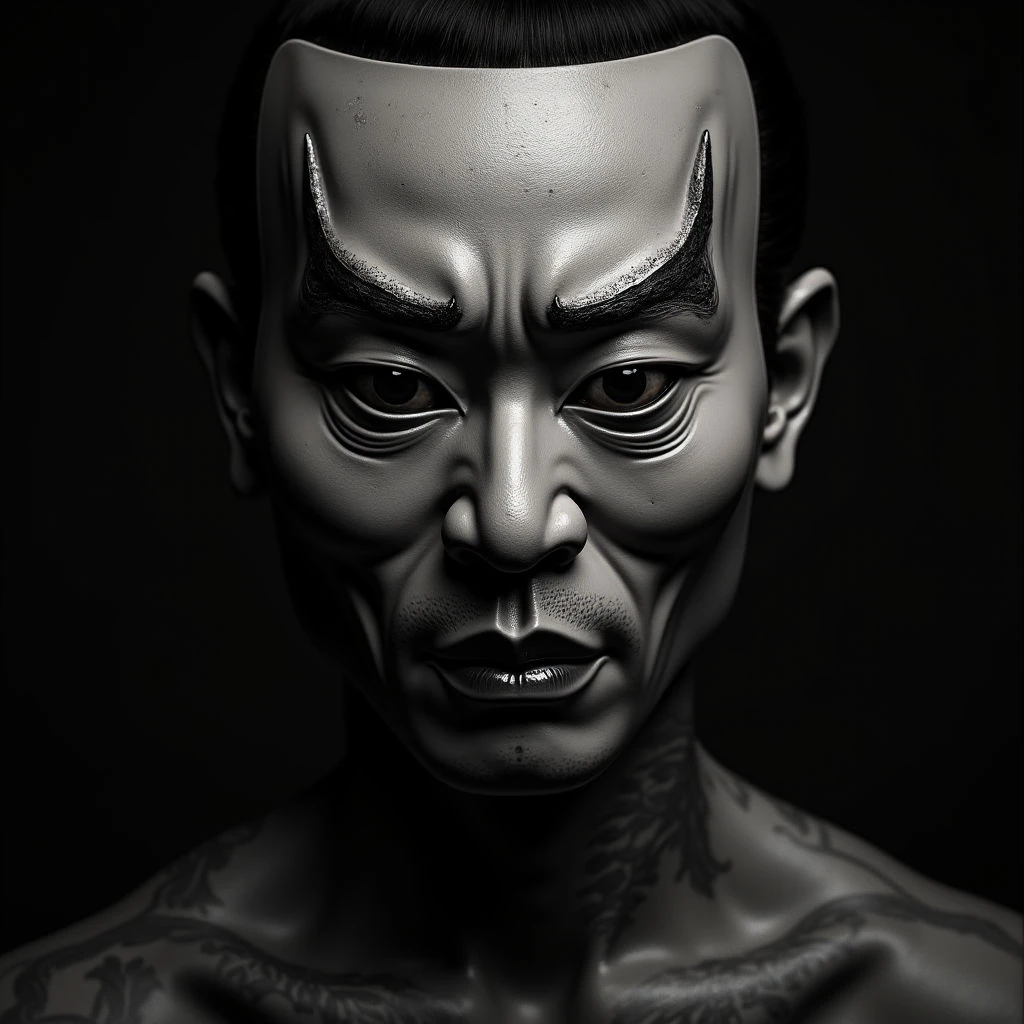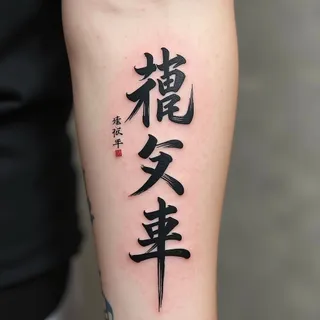Japanese Mask Tattoos: Symbolism, Meaning, and Artistry
Noh Masks: The Essence of Emotion
Noh masks are arguably the most recognizable symbol in this art form. Each mask portrays a specific character ÔÇô gods, demons, women, or ghosts ÔÇô and conveys nuanced emotions through subtle tilts and expressions.
Popular Noh Mask Motifs
- Hannya mask: depicting a vengeful female demon, symbolizing jealousy, anger, and suppressed rage.
- Tengu masks: representing mountain spirits with long noses and beaks, embodying wisdom, power, and protection.
- Kitsune masks (fox masks): associated with Inari, the Shinto god of rice, fertility, and prosperity. They often symbolize intelligence, cunning, and transformation.
Beyond Noh: Folklore and Storytelling
Beyond Noh theatre, Japanese mask imagery frequently appears in folklore and legends.
Okame Masks
Okame masks, characterized by their cheerful smiles, represent good fortune and hospitality. These designs are often used to convey a sense of joy and optimism.
Design Considerations for the Ultimate Impact
The artistry of these tattoos lies not only in the depiction of the mask but also in the skillful shading and rendering that brings them to life. Hyperrealism is frequently employed, particularly with black and grey ink, to capture the intricate details of the masks' textures and expressions.
Choosing Your Mask: A Personal Reflection
The choice of a Japanese mask tattoo is deeply personal. ItÔÇÖs about connecting with a culture and embodying qualities you admire or wish to cultivate. Researching the specific meanings behind each mask is crucial for creating a meaningful and aesthetically striking piece of body art.


